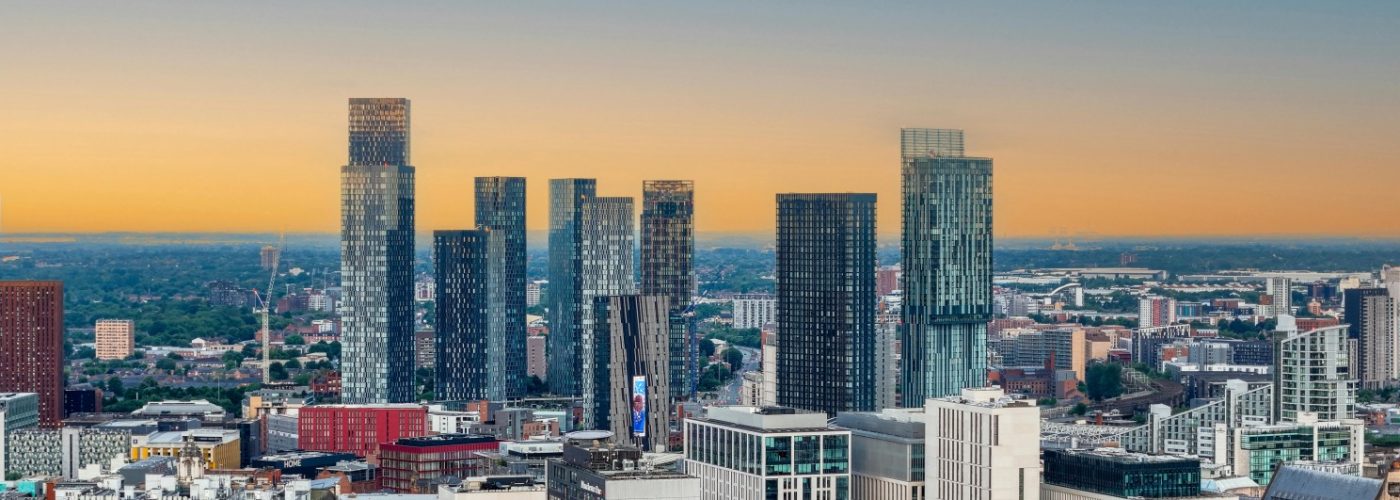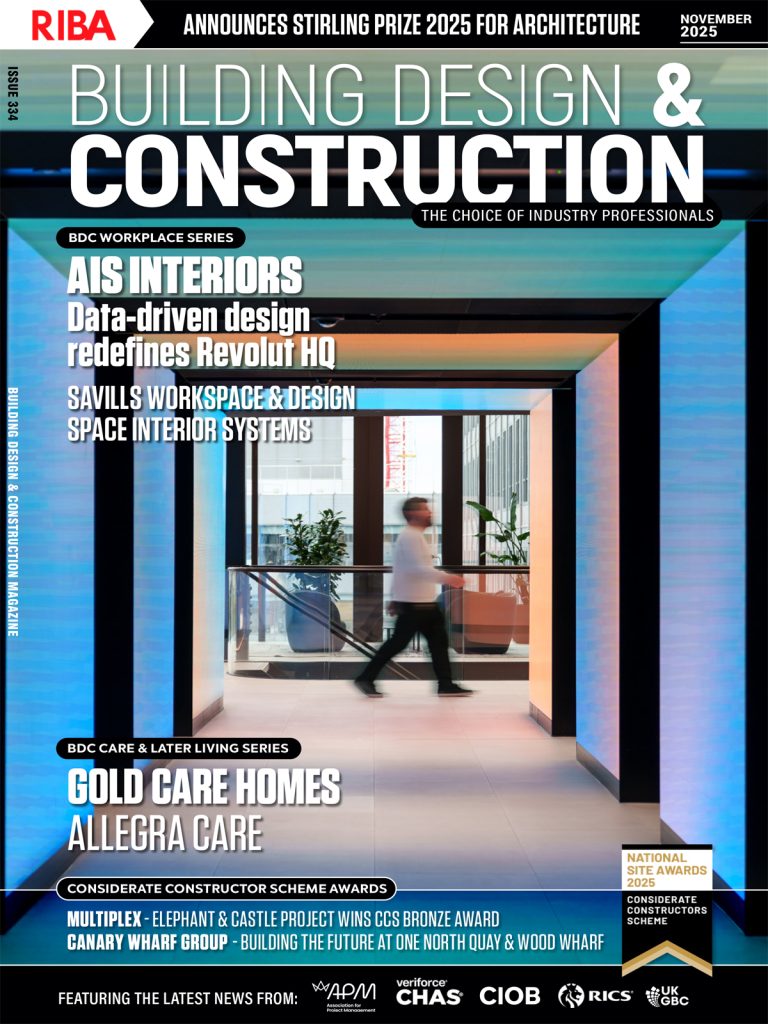

By Vanessa Brandham CFIOSH, Health and Safety Director, Rendall & Rittner
As the UK’s building safety landscape continues to evolve at pace, staying informed and responsive has never been more important. In my role at Rendall & Rittner, I see first-hand how the new regulatory environment is reshaping expectations across the property management sector and how vital it is that we all adapt to the changes with clarity and confidence.
Delays within the Building Safety Regulator (BSR) are causing growing frustration throughout the industry. With one of the country’s largest portfolios of high-rise residential buildings, we have a unique vantage point on how these issues affect developers, landlords, leaseholders, RMCs, RTM companies, residents and managing agents. That is why we recently submitted evidence to the House of Lords inquiry examining how the regulator can overcome operational challenges and deliver greater consistency and efficiency.
The BSR was established to ensure that higher-risk buildings are designed, constructed and managed with safety at the forefront. While the intent is clear and essential, its implementation has been far from straightforward. The combination of delays, inconsistent feedback and evolving requirements has resulted in uncertainty and added cost across the sector. A system with the capacity to assess safety cases and applications in a timely and consistent manner is urgently needed if we are to support the development of a genuinely safety-first culture.
At Rendall & Rittner, we have invested significantly in our in-house safety capability so that we can guide clients through the complexities of the regime. Our experience across hundreds of buildings enables us to identify patterns, highlight inefficiencies and propose practical solutions.
Working with the regulator in practice
Higher-risk buildings of 18 metres and above must now pass through three gateways for new builds — planning, pre-construction and pre-occupation — while existing buildings require detailed safety case reports and a Building Assessment Certificate (BAC).
However, in practice:
• Gateway 2 applications are facing delays far beyond statutory timeframes, often 20–30 weeks or more, with a high proportion of submissions being rejected.
• Safety case reports for existing buildings are receiving inconsistent or contradictory feedback, making it difficult for duty-holders to understand exactly what is required. Fewer than 50 BACs have been issued nationally out of more than 1,400 buildings called forward.
• Day-to-day works requiring BSR approval in high-rise buildings are also subject to lengthy delays, with some applications exceeding 40 weeks.
These challenges stem from the scale of change required. The BSR is a new organisation created in response to Grenfell, and the sector as a whole is still adjusting to the expanded obligations. Guidance has often been issued late, leading many stakeholders to act without full clarity. Limited public sector resource has further slowed reviews and approvals. Confusion around recoverable costs, the classification of emergency works and leaseholder protections has also resulted in complaints and uncertainty.
Impact on housing delivery
The gateway system is also having a direct impact on the delivery of new homes. High-rise buildings play a critical role in meeting national housing targets, but uncertainty in the process — coupled with delays to key building information submissions — has stalled sales, slowed construction and created further barriers for developers. Combined with the Act’s enhanced competency requirements across the supply chain, the impact is being felt at every stage of development.
How we are supporting clients
Recognising the scale of change, we developed one of the sector’s largest specialist health and safety teams, comprising 32 experts in building and fire safety. This enables us to prepare safety cases, oversee remediation projects and manage gateway submissions with consistency and rigour.
Our structured approach — using standardised documentation and close collaboration with our panel of consultants — has enabled us to meet every regulatory deadline to date. Where the BSR’s feedback has been inconsistent, we adapt quickly and apply learning across our portfolio, ensuring clients receive the most up-to-date and practical guidance.
We are also actively engaging at a national level. By providing detailed evidence to the House of Lords inquiry and offering direct feedback to the regulator, we are helping to highlight operational issues and influence improvements that will ultimately benefit the industry and residents alike.
We are proud to be among the first managing agents to secure BACs for clients’ buildings, and progress on cladding remediation is accelerating as Homes England’s updated processes take effect.
Looking ahead
The regulatory landscape will continue to evolve. Recent announcements on shifting the BSR from the Health & Safety Executive to a standalone body sponsored by the Ministry of Housing, Communities and Local Government point to further structural reform — a move that may help unlock some of the delays and provide clearer accountability in the future.
While the system remains complex and at times challenging, our commitment at Rendall & Rittner is clear: to provide clients with expert guidance, reliable compliance and the assurance that their buildings are being managed with the highest levels of safety and professionalism. By investing in specialist capability, sharing learning across a large and diverse portfolio and contributing actively to national discussion, we are helping to drive cultural change and strengthen safety standards across the sector — ultimately contributing to safer homes for all residents.
Building, Design & Construction Magazine | The Choice of Industry Professionals





